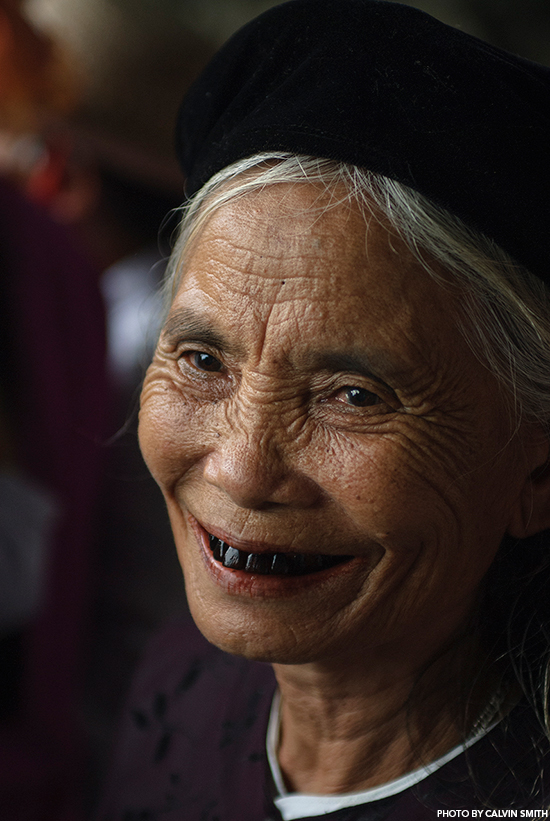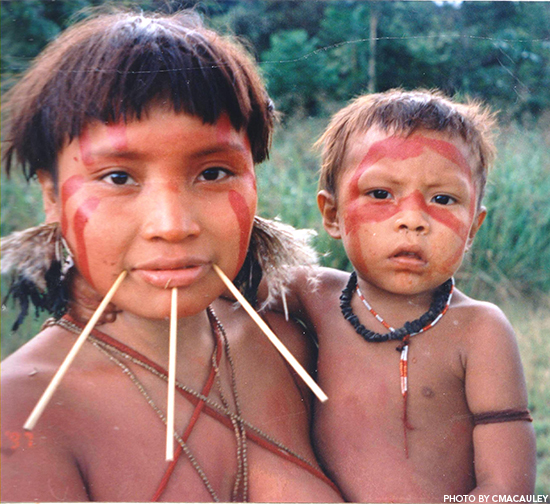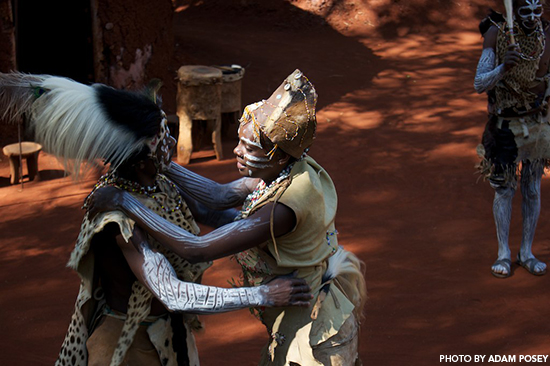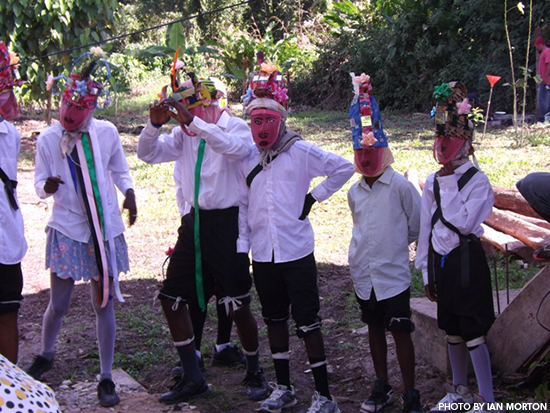The Holbrook Explorer

Taboo: Rituals Practiced Around the World
Taboo: Rituals Practiced Around the World
1. Tooth-Blackening
Pearly white teeth may be the norm for beauty in the U.S.; however, members of the Lu tribe in Vietnam believe that only savages, demons and wild animals have white teeth so they choose to go for a darker look. Made from tree resins, residue from sticky coconut husks and iron nail filings, the use of this tooth lacquer is most common among women as a rite of passage. According to CNN, the practice is thought to prevent tooth decay, in a similar fashion to modern dental sealants while also enhancing sex appeal.
2. Fire Walking
This tradition is common among various religions and tribes around the world. In many cases, fire walking revolves around a set of ancient icons, such as books of scripture that worshippers believe to have special powers, according to anthropologist Dimitris Xygalatas. Most believe this tradition will purify, heal and protect, while others view the ritual as sacrilege.
3. Vine Jumping
Although many thrill-seekers may not be phased by the idea of bungee jumping, even a daredevil may think twice about diving head first off of a 100-foot bamboo tower with nothing but vines attached to his or her feet. In the jungle of Pentecost Island during the land diving ritual, the Naghol, males of all ages take the leap. According to naturalist Sir David Attenborough, the goal is to bless the soil by skimming one’s head on the earth for a plentiful harvest season.
4. Death Rites of the Yanomami
One of the most primitive tribes in the world, located on the shore of the Amazon, is the Yanomami. In their eyes, death is not a natural phenomenon and the souls of the deceased need to be protected. When someone dies, they sing while burning the ashes, and then the ashes are mixed into fermented banana and are consumed by the family.
5. Cross-dressing Wodaabe Men of Niger
In many cultures, it’s customary for the women to take extensive measures to appear beautiful to the eligible bachelors. However, it’s the men of the Wodaabe culture who are responsible for beautifying themselves to attract a woman. The Wodaabe gather for an event known as the Gerewol, which celebrates the fertility the rains bring. The men paint their faces with red ochre, use yellow clay to paint patterns and black to darken their lips and emphasize their eyes. Elaborate headdresses and outfits are worn and the men dance to try to win a lover, which brings to mind the images of dancing blue-footed boobies in the Galapagos!
6. Kava Ceremony
In Fiji, this drink was originally for ceremonial purposes but over time it has become a social drink. When visiting a village, it is customary to present a gift of kava, made from the dried root of a pepper plant. If visiting a village or private home, one will most likely be invited to participate in this ceremony and it is considered rude to decline. The drink is spicy and tends to numb the tongue. When offered the ceremonial cup, clap once, drink all of the kava in the cup, and then clap again.
7. Rite of Passage
Rites of passage vary from tribe to tribe. At 18, boys of the Kenyan tribe, Kikuyu, get their ears pierced, heads shaved and faces are marked with white earth. Girls of the Pokot tribe go through a ceremony at age 12 and it involves singing, dancing and decorating their bodies with red clay and animal fat.
8. Garifuna Wanaragua
The Garifuna people of Belize have African and Native American roots and rituals. One of the most popular rituals of the Garifuna is the Wanaragua, which is a ritual performed during the Christmas holiday. In this ritual, there are masked dancers called the Jankunu. The Garifuna dance to the beat of drums while dressed with a “white man” mask and clothing. This ritual represents the Garifuna liberation from the “white man.”
9. A Festival of Feasts
Every mid-January through mid-February, the people of Iceland celebrate Thorrablot, a festival of feasts. According to Mike Sula of the Chicago Reader, the festival holds some unusual delicacies. One can find rams’ testicles, sheep’s heads and rotting shark meat. You might ask why Icelanders would eat such vile things, but when you look at things from their perspective, it’s a way to preserve their Viking heritage in honor of Thorri, the thunder god himself.
10. Mehndi
In India, brides and their female friends and family decorate their hands and feet with elaborate designs called mehndi. These designs are made with henna, a plant dye, and they last only a few weeks. These designs are intricate and take several hours to apply. The core significance of mehndi is that it is a medicinal herb that is believed to reduce stress and increase wellness of a bride in the days approaching her wedding, according to Desh-Videsh. It’s applied to the hands and feet because they hold many nerve endings in the body. It’s also believed that the darker the mehndi, the more a bride will be loved by her husband and mother-in-law.










